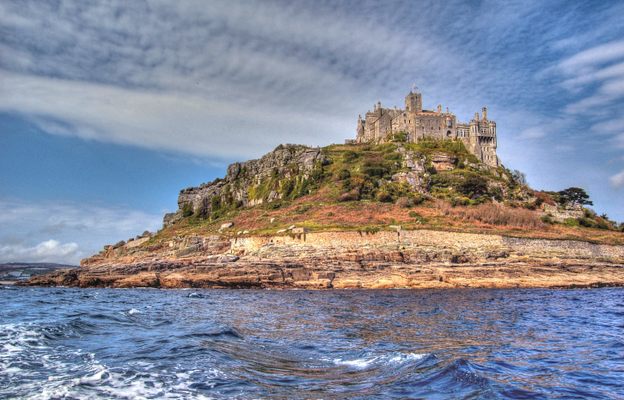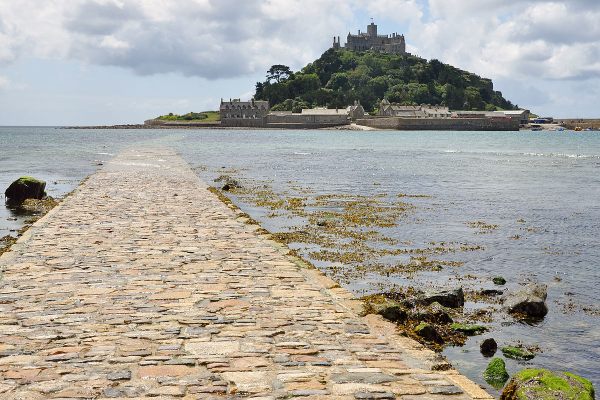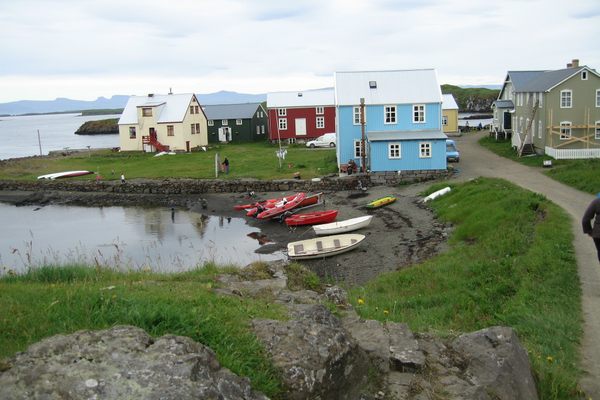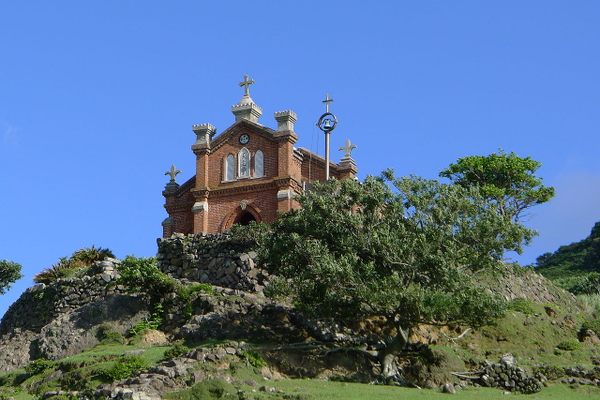About
Not to be confused with its counterpart Mont Saint-Michel in Normandy, St. Michael's Mount in England is a civil parish and island accessible only during low tide.
A manmade causeway of granite serves as a passage to the tidal island during times when the waters allow; otherwise, one must approach by boat. Although an underground railway exists to deliver goods to the castle from the harbor, its steep grading does not allow for passengers and is not even open to the public for viewing.
One of 43 tidal islands within walking distance of mainland Britain, St Michael's is (if historians are correct) one of the earliest locations identified in text in all of Western Europe. Believed to be mentioned by both Pliny the Elder's Naturalis Historia as well as Greek historian Diodorus Siculus' Bibliotheca historica, both scholars had access to the now non-existent texts of Pytheas, the ancient Greek geographer thought to have visited the island in 4th century BC. (It is still argued that the Diodorus Siculus reference to "Ictis," a tin-trading center thought to be St Michael's, is actually Looe Island, off of the coast of Cornwall).
St. Michael's has harbored its share of monastic buildings, abbeys, churches, and escapes for pilgrims and devotees. Battered by earthquakes, floods, and war, structures have come and gone, been rebuilt, and in one case, revealed the remains of an anchorite who had been sealed up in a chamber under the church in a makeshift tomb.
In the present day, the island is home to a 15th-century chapel, a village made up of eight houses, an island cemetery acting as a final resting place for island residents and drowned sailors, and a castle, residence of Lord St Laven, John St Aubyn. The ancestral seat of the St Aubyn family, the island and castle was given to the National Trust in 1954 but remains the home of the family, who retained a 999-year lease.
Tours of the island and parts of the castle are available, and there is a museum with several artifacts that pertain to the island's long, colorful history.
Related Tags
Community Contributors
Published
April 2, 2013
















































